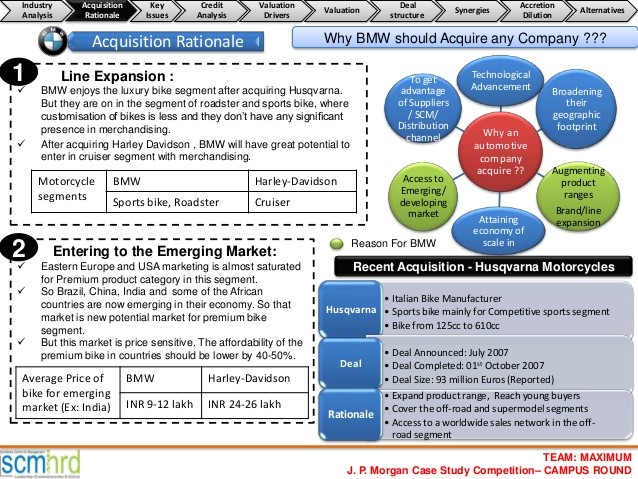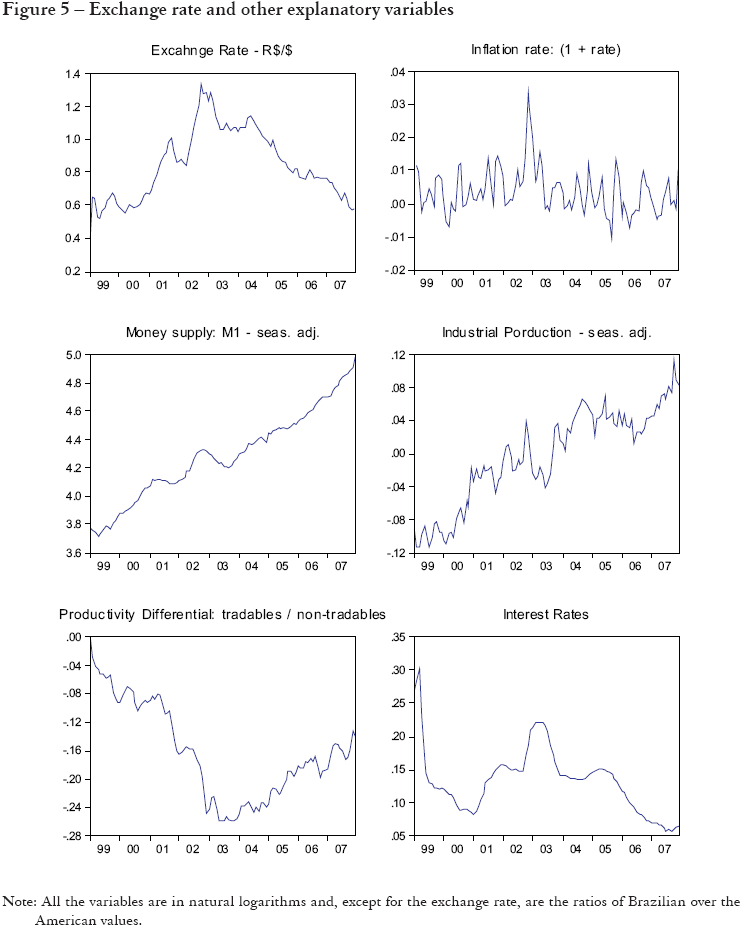Sovereign Bonds Competing premia
Post on: 7 Май, 2015 No Comment

Asset Classes
Martin Steward finds portfolio managers agreeing on the need to find some spread. But where — in corporate bonds, or peripheral sovereigns?
‘Sustainable investing is now so widespread in equities as to be almost standard. But in sovereign bonds it is almost unheard of, so Petercams Government Sustainable bond strategy immediately stands out.
The starting point is a ranking of 33 of the 34 OECD countries based on 52 criteria spread across five categories: transparency and democracy; environment: population, healthcare and wealth distribution; education; and economic indicators. The top half of the overall ranking defines the global universe from which Petercam can select its positions.
Unsurprisingly, the five Nordics plus Switzerland constitute the top six today. Most significantly for European portfolios, Ireland, Portugal, Spain and Italy are all out-of-bounds in the bottom half. We dont have scientific evidence [of a link between the sustainability criteria and fiscal soundness], concedes SRI co-coordinator Ophélie Mortier, but the top-ranked countries have, through the financial and euro-zone crises, succeeded quite well.
The correlation is not perfect — Iceland has hardly been a safe haven — but Mortier points out that while Spain has gone from being a AAA to a BBB credit, it has always been a bottom-half name in Petercams rankings. And while Petercam looks favourably on Irelands progress relative to Spains, even if it crossed the threshold into the investable universe it would earn a few percentage points of the assets at best. When it comes to markets like Italy — 22% of the Citigroup EGB index — that represents a big active position.
We want to maintain the fund so that it behaves like a government bond fund used to do for a euro-based investor before the financial crisis, essentially a risk-free portfolio, driven primarily by interest rates, says portfolio manager Carl Vermassen. That is now something quite different from the traditional funds that remain benchmarked against the Citi or JPMorgan indices.
Some get dragged into big periphery positions. Others, like Swiss & Global Asset Managements JB BF Euro strategy, attempt to avoid this by balancing low-yielding core government bonds with corporate credit risk. Where Petercam can only invest in an exclusive list of quasi-government entities, Swiss & Global starts with a customised 60% sovereigns and 40% investment-grade corporates benchmark and right now is 20 percentage points overweight corporates. Head of fixed income and interest rates Bernhard Urech favours solid balance sheets in defensive industries, like Swiss chocolatier Barry Callebaut or German pharmaceuticals packaging manufacturer Gerresheimer.
Corporate bonds offer sound fundamentals, solid balance sheets and high free cash flows, says Urech. This asset class does not depend on strong economic growth to deliver good results thanks to their reasonably cheap valuation.
The strategy has almost 42% of its portfolio in bonds rated BBB or below. Petercam is 84% in AAAs. The Swiss & Global portfolio yields 2.77%; Petercams 1.63%.
Indeed, with such an overweight in BBBs, one might wonder why Swiss & Globals yield is as low as 2.77%. The answer is the big underweight in downgraded sovereigns. It is a trade-off, says Urech, conceding that Spanish and Italian bonds still offer 40-100 basis points of extra yield against the average BBB corporate.
It is for that very reason that Pioneer Investments Euro Bond strategy takes precisely the opposite position. It has only 6.3% in corporate bonds even though it can hold as much as 30% in credit. And on the sovereign side after trading Italy and Spain quite dynamically over the past couple of years, an underweight turned to an overweight following the autumn 2011 sell-off and Mario Draghis arrival at the ECB convinced them to make it strategic.
We feel that most of the available risk premium is not in the credit space but in the sovereign space at the moment, says head of European government bonds and FX Cosimo Marasciulo. As a result, the portfolio has 22% in Italian and 12% in Spanish bonds and boasts a yield of 4.25%.
But as the dynamic trading of the periphery, especially through 2011, indicates, this Pioneer strategy is pretty nimble and does not exhibit pronounced stylistic biases. That is quite deliberate, and stems from the impact of a bad call on ECB rates during 2006. We didnt see the start of the tightening cycle coming, Marasciulo confides. This led to the building of a 15-member team of independent risk takers, each with target return objectives and stop-losses, dedicated to individual markets and strategies.
With this in mind, it is interesting to compare Pioneers performance over the five-year horizon (sixth out of 35) with Swiss & Globals (25th). Urech also claims that the latters strategy exhibits no stylistic bias. But there is no doubt, looking at the longer-term numbers, that both are well-defined against one another by their respective benchmarks: the 60/40 one at Swiss & Global; and the JPM EMU Government Bond index for Pioneer.
Beyond that, how are these strategists feeling about euro-zone countries? Urech warns of the challenging fundamentals of Spain and Italy but also the unpredictability of political decisions. Marasciulo is more upbeat about reform but essentially he doesnt disagree: You now need to think about the credit dynamic and the ECB intervention dynamic on each of these yield curves as well as the political side of the crisis, he says. He simply sees this as an opportunity rather than a threat.
Pioneer treads cautiously in the periphery: despite being positive on both Ireland and Portugal it is neutrally-weighted because neither is liquid enough to ensure that stop-losses could be executed, if necessary. But it is also actively sceptical about Germany.
In both scenarios for the euro-zone we see limited value for German bonds, says Marasciulo. Even in the event of a break-up there are big liabilities that Germany would face — huge imbalances in the Target 2 payments system, for example, are effectively sunk costs.
Urech acknowledges that Germanys contingent liabilities represent a valid risk, but sees the ‘safe-haven status winning out and remains benchmark-neutral. Its not that he wants to stomach ultra-low yields — he prefers quasi-sovereigns at the front end, for example — but his refusal to gamble on peripheral sovereigns leaves him with little choice.
The question of how to deal with these low yields is particularly stark for Petercam, whose strategy leads it to hold 28% in German bonds.
Of course that is one of the big concerns for us, concedes Vermassen. The downside potential is so worrying that to limit duration he prefers to hold six-month paper and give up 10 basis points of yield rather than buy anything at 2-3 years.

But really cutting down aggressively at five or 10 years would be more difficult and, frankly, there I take a lot less active risk, he says. Its really difficult to have a clear view on the probability of various kinds of break-up at the moment, so Im not positioning aggressively. If the euro-zone breaks up — not our central scenario but certainly a possibility — the benefit from a re-denomination into German marks is just as good if you hold six-month paper as if you hold two-year paper. This is also one of the reasons why we weight Finland in a big way.
Marasciulo, sitting on his Spanish and Italian bonds, dismisses this idea. I dont feel that thats a good argument given the exposure of German banks to the periphery and the impact it would have on Germanys exporters, he says.
But as we have seen, for those unwilling or unable to embrace the periphery, palatable choices are mightily diminished. One can see this key dichotomy between the Pioneer and Petercam strategies, in particular, working through their positions in the countries caught between core and periphery.
Petercam has big positions in the Netherlands (11.6%) and Belgium (7.7%).
While the state is poor, many Belgians are rich, and so all those rich Belgians repatriating money has a big impact on the Belgian rate, Vermassen explains. Belgium is also a supplier to Germany, but Vermassen worries that, with this source of demand coming off, the lack of policy progress may come back to the fore.
He is less circumspect about the Netherlands. The spread has widened a little, but we took that opportunity to add to our position, he reveals. Despite the prospect of fractious coalition negotiations, Vermassen points the impressive resolution of parliament to pass a budget in the absence of a government. He cites the re-denomination option for the Netherlands, too.
Pioneer, by contrast, holds just 6.2% in the Netherlands and 6.4% in Belgium. Notably, Swiss & Global, which has the option of those BBB corporates, is underweight the low countries.
Finally, it is perhaps no surprise that the country on which all three agree is the one stuck most resolutely in no mans land — France. All are underweight.
Fundamental risks are only poorly remunerated, Urech argues.
Marasciulo agrees. The market can become a bit crazy sometimes, he reflects. Some AAA countries have benefited from huge inflows from investors unwilling to buy Germany because of the low yields — France, the Netherlands, Austria and Finland are the best examples. But the long-term budget fundamentals often tell a different story. The debt dynamic in France does not look very healthy — debt-to-GDP looks set to stabilise around 90%.
And this is the nub of the issue, really. The Pioneer portfolio looks very risky if you do not believe that Italy and Spain are realistically-priced and on a better fiscal trajectory than France. The Petercam portfolio looks very risky if you do. Swiss & Global embodies the choice for those squeamish about either of those bets — as long as they can hold a slug of corporates in their ‘government fixed income portfolio.














